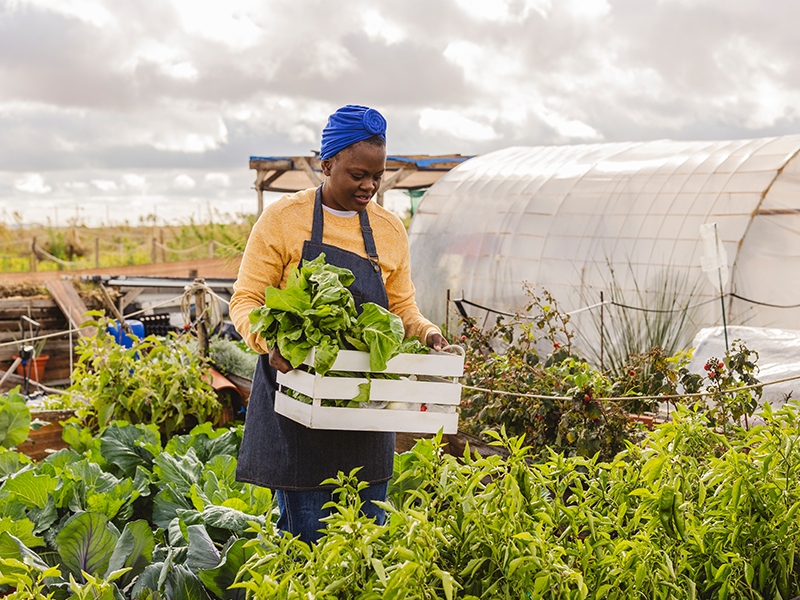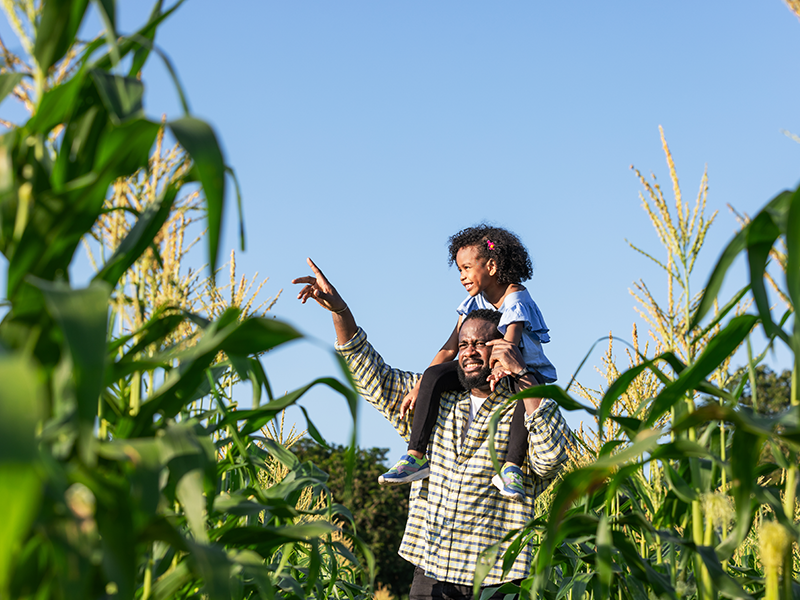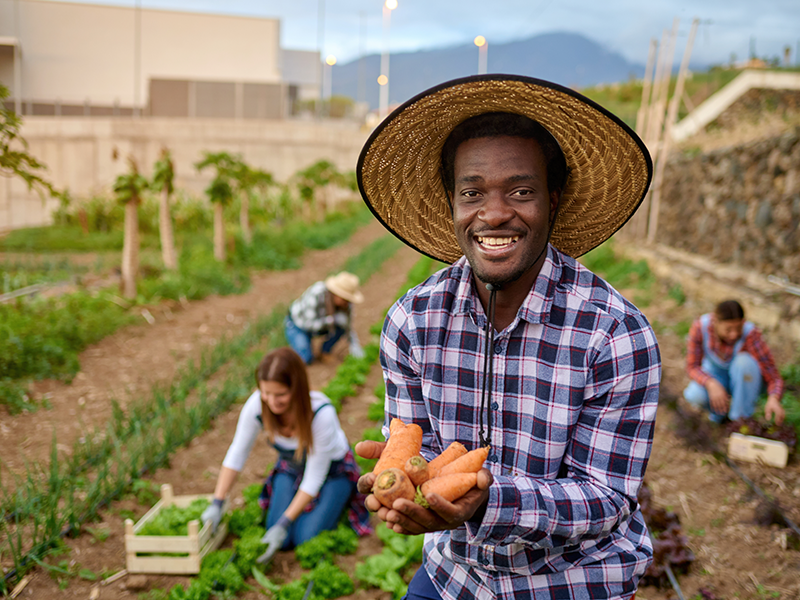From Promise to Scale: Building Climate Resilience in African Agriculture

Africa contributes barely 4 percent of global greenhouse gas emissions, yet its farmers are paying the steepest price as rising heat and erratic rains continue to erode their agricultural endeavours. According to the World Bank, climate change could shrink Africa’s crop yields by up to 20 percent by 2050. Such declines imply worsening food security for the continent’s 1.4 billion people, 20% of whom currently face starvation.
Against such odds, the continent is now left with two choices: to invest in resilience now, or to watch as livelihoods and ecosystems collapse. It’s clear that, the continent, which depends on agriculture for most of its sustenance, must select the first choice.
On this path, climate-smart agriculture, an approach that increases productivity while lowering emissions and building resilience, offers one way forward. This was mentioned at the Africa Food Systems Forum 2025 in Dakar, Senegal, held under the theme “Africa’s Youth: Leading Collaboration, Innovation and Implementation of Agri-Food Systems Transformation.” Multiple success stories were cited to back this approach. For example, in Kenya, farmers who adopted drought-tolerant maize varieties reported yielded 20 to 30 percent higher than neighbours who planted conventional seed. Similarly, in Niger, simple soil and water conservation practices have helped restore more than 5 million hectares of degraded land. This shows that practical solutions not only exist but can also be scaled when backed by political will and financial commitment.
Yet resilience is not just about restoring land but also protecting communities when shocks strike. This is where initiatives like the African Risk Capacity (ARC) come in. The ARC pools risk across countries, providing insurance that delivers rapid payouts after disasters. In 2022 alone, for example, it disbursed $14.2 million to drought-stricken Malawi, enabling food and cash transfers for more than two million people. For many families, these kinds of safety nets can be the difference between recovery and destitution.
Research is another pillar of transformation, and CGIAR’s Climate Change, Agriculture and Food Security program serves as an ideal link, working with governments to integrate climate resilience into food policies. Notable efforts include breeding heat-tolerant rice in West Africa and modeling water management strategies in the Nile Basin.
However, even as such scientific advancements continue to be documented, the gap between knowledge and implementation often remains wide. Bridging that divide calls for institutions that can translate evidence into action on the ground. One such partner is the International Fund for Agricultural Development (IFAD), which has embedded climate risk management across its portfolio. In Burkina Faso, for instance, the organisation is rolling out a new project designed to strengthen smallholder resilience. Similarly, the IKEA Foundation is investing in off-grid renewable energy for agriculture, advancing an integrated model that links energy, food, and livelihoods. This is as the Food and Agriculture Organization (FAO) helps African countries to align their national plans with sustainable land and water use, ensuring ecosystems remain intact even as yields rise.
Such engagements confirm that Africa does not lack ideas, technologies, or partnerships but scale. The challenge ahead is to expand and multiply these efforts so that the continent’s farmers can remain resilient in the face of worsening climatic odds.



